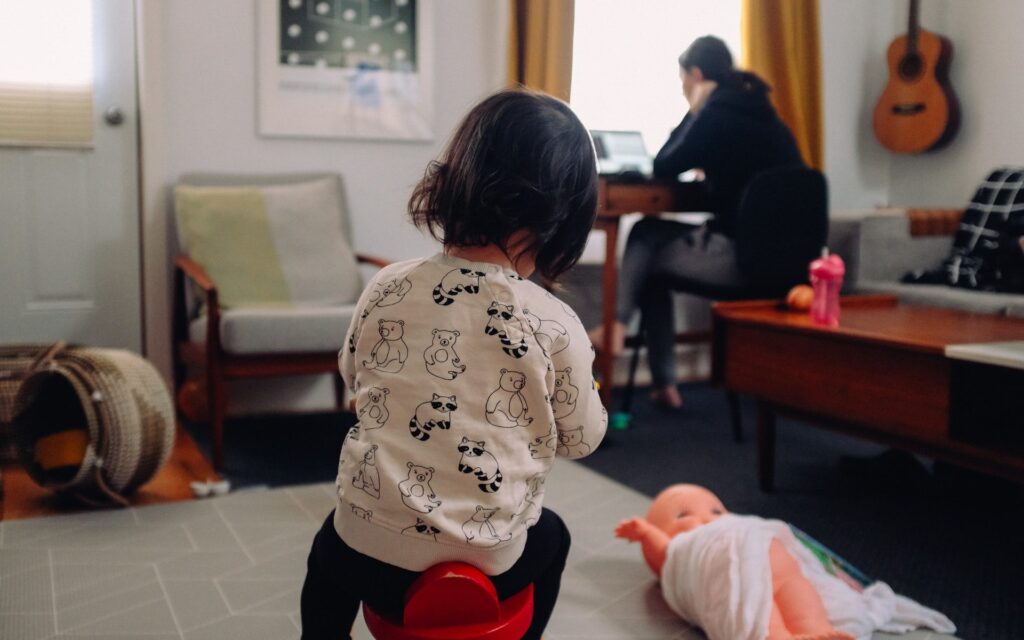Life as we know it has changed dramatically during 2020. As the coronavirus spread across the United States, cities and states issued shelter-in-place orders to slow the spread of the coronavirus and prevent healthcare facilities from being overwhelmed by critically ill patients.
In May, when states started to reopen, Americans began to return to work with eagerness and trepidation. Many were happy to leave isolation and reconnect with friends and colleagues at a safe social distance. However, they were also concerned about being exposed to the coronavirus.1
American workplaces tend to feature shared workspaces, shared desks, shared equipment, and shared bathrooms. We share a lot at work. Since no one wants to share SARS-CoV-2, the virus that causes COVID-19, companies have been encouraged to adopt new policies and procedures that will protect workers.1, 2
Implementing workplace social protections
COVID-19 a tough virus to stop. It spreads between people who are in relatively close contact (within six feet) through respiratory droplets released, primarily by coughing and sneezing. Sometimes, it is spread by people who have no visible symptoms. Since testing is not widely available, minimizing the number of new infections will require companies to implement stringent social protections, reported Ranu Dhillon and co-authors in the Harvard Business Review.2, 3
The Centers for Disease Control and Prevention (CDC) and the Department of Labor (DOL) have issued guidance for employers who are preparing for employees to return to work. Both recommend businesses develop infectious disease preparedness plans. Sound plans will identify where and how employees may be exposed to the virus and then take steps to prevent exposure. The guidance issued recommends:2, 4
- Organizing flexible worksites and work hours to ensure social distancing
- Discouraging sharing of offices, desks, work tools, and/or equipment
- Implementing routine deep cleaning and sanitization of workspaces
- Providing personal protective equipment when people work in close proximity
- Requiring workers to wear masks
- Making hand sanitizer readily available in many locations
- Establishing and encouraging handwashing breaks
- Creating isolation areas for employees who show symptoms
“Businesses are strongly encouraged to coordinate with state and local health officials so timely and accurate information can guide appropriate responses. Local conditions will influence the decisions that public health officials make regarding community-level strategies,” explained the CDC.4
Embracing new approaches to work
Some employers may encourage some employees to continue to work from home because they have discovered it improved productivity. For instance, 53,000 employees of the Social Security Administration have been working from home. Statistics show the agency has been processing claims for new benefits and appeals at a faster pace than they did before, reported NPR. The backlog of pending cases dropped down 11 percent from March 23 through early May.5
It’s a discovery that didn’t surprise Stanford Professor of Economics Nicholas Bloom. In 2015, a paper he published in the Quarterly Journal of Economics reported working from home – four days at home and one day in the office each week – improved productivity among call center employees by 13 percent. Workers made more calls per minute, took fewer breaks, and experienced fewer sick days over a nine-month period. Having one day in the office each week was essential. It gave people time to refocus, re-energize, and share ideas, reported Stanford News.6, 7
Evolving attitudes toward money and finances
While returning to work may relieve some of the financial stress and anxiety associated with COVID-19, the myriad of emotions sparked by a sharp market downturn and economic recession are not going to disappear. Financial turmoil rightfully raises concerns about current financial security and future financial goals.
Right now, we are working with clients to evaluate risk exposures, reviewing financial plans, assessing budgets and savings goals, helping to identify investment opportunities, and taking other steps to help restore their sense of confidence and control. While we understand the urge to panic, we caution against it. People and markets are resilient. This is not a time to throw caution to the wind. It’s a time to take measure of the challenges ahead and choose a path through them. We’re here to help.
We can’t be certain how long COVID-19 will last. In early May the Milliken Institute reported 111 vaccines were in development across the world and 197 treatments for COVID-19 are being considered, including a number of drugs that may have originally been approved for other purposes. As effective treatments and vaccines become available, the threat posed by the virus should diminish.8, 9
In the meantime, we are here. If you want to discuss recent events, review your plan, or just hear a friendly voice, give us a call.
Sources:
1 https://www.fa-mag.com/news/employees-are-in-no-hurry-to-return-to-work-in-office-setting-55536.html
2 https://www.osha.gov/Publications/OSHA3990.pdf (or go to https://peakcontent.s3-us-west-2.amazonaws.com/Peak+Documents/June_2020_OSHA-Guidance_on_Preparing_Workplaces_for_COVID-19.pdf)
3 https://hbr.org/2020/05/a-plan-to-safely-reopen-the-u-s-despite-inadequate-testing
4 https://www.cdc.gov/coronavirus/2019-ncov/community/guidance-business-response.html
6 https://nbloom.people.stanford.edu/sites/g/files/sbiybj4746/f/wfh.pdf
7 https://news.stanford.edu/2020/03/30/productivity-pitfalls-working-home-age-covid-19/
8 https://milkeninstitute.org/covid-19-tracker
This material was prepared by Carson Coaching. Carson Coaching is not affiliated with the named broker/dealer or firm.


